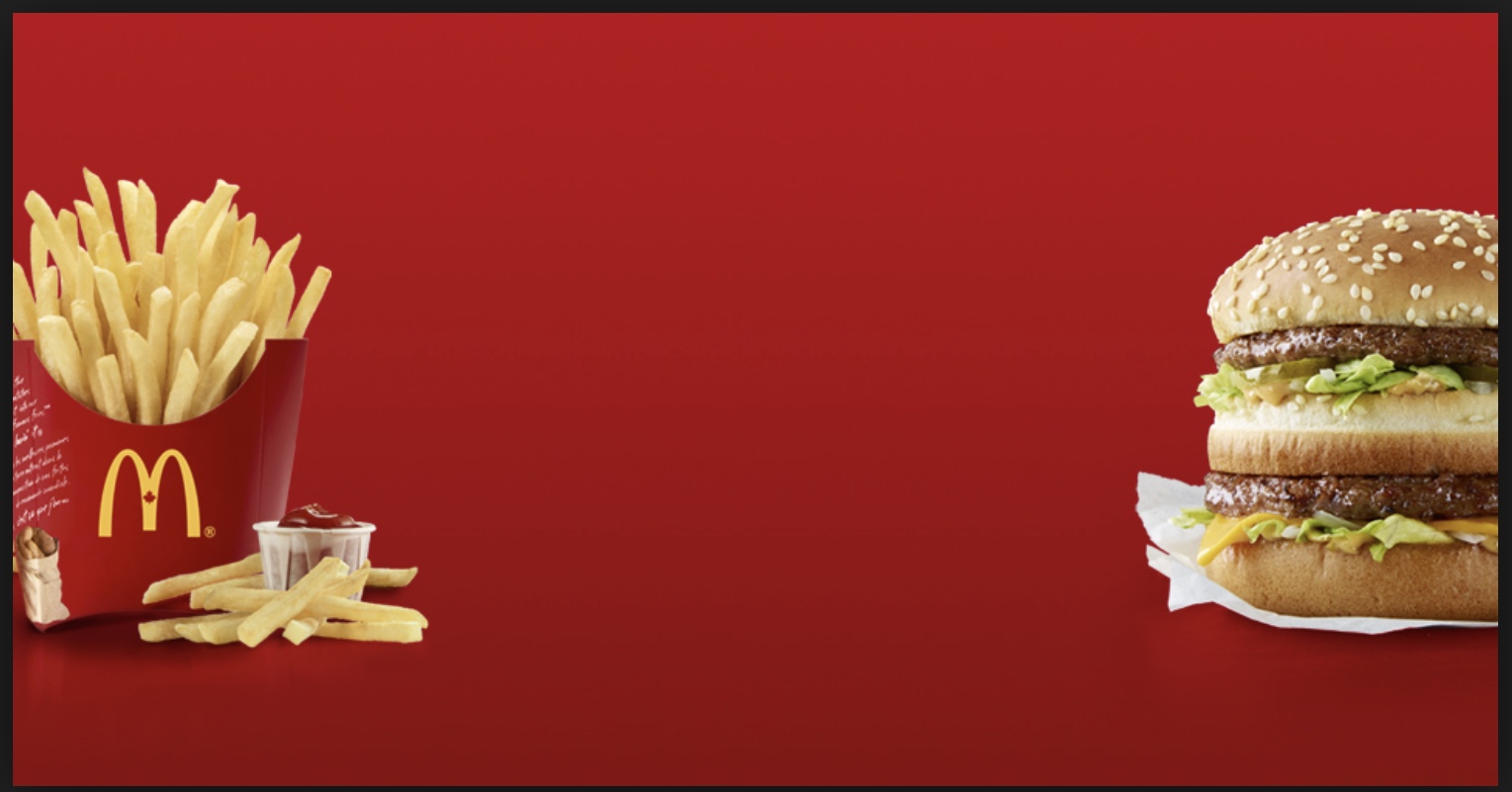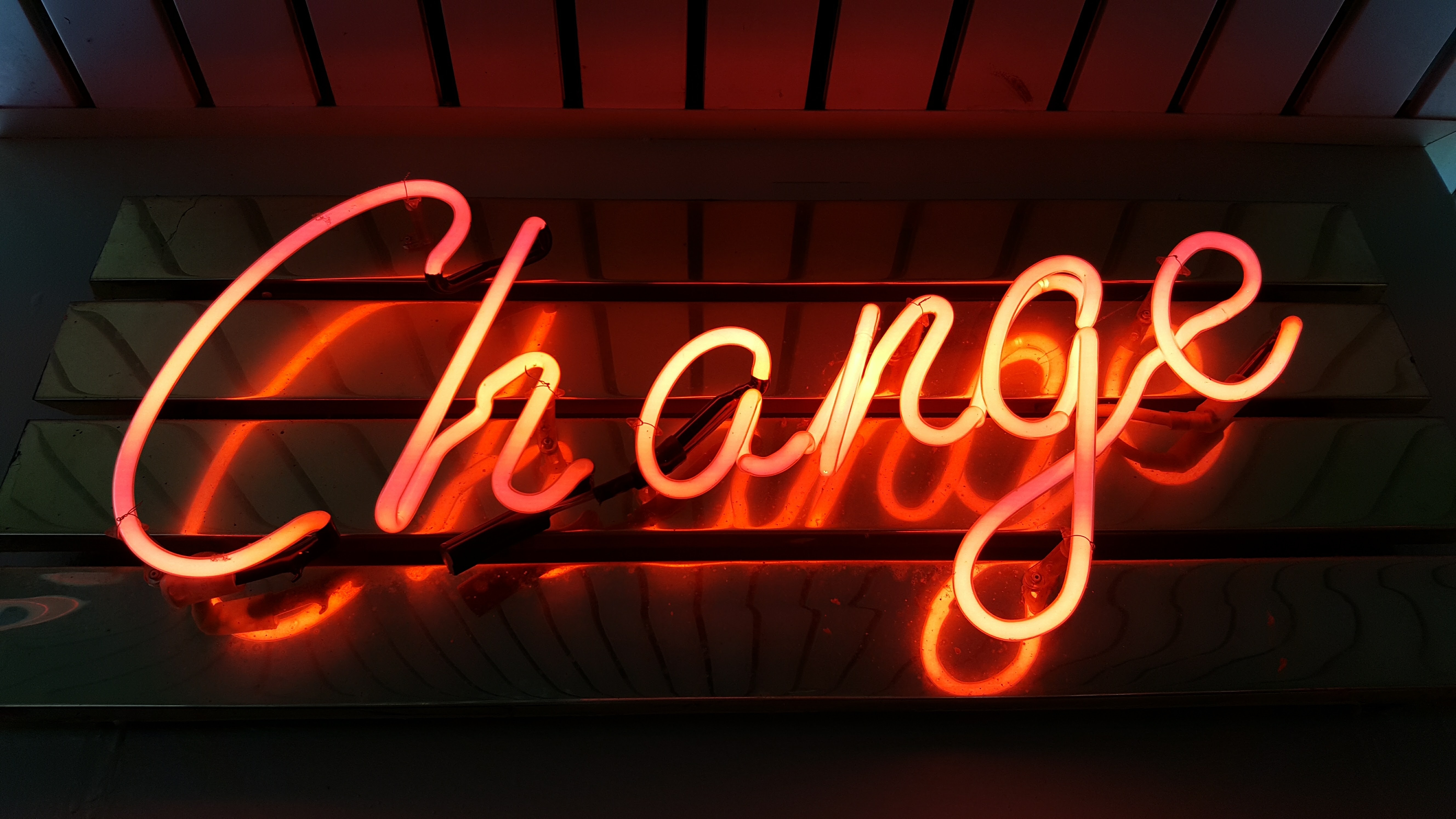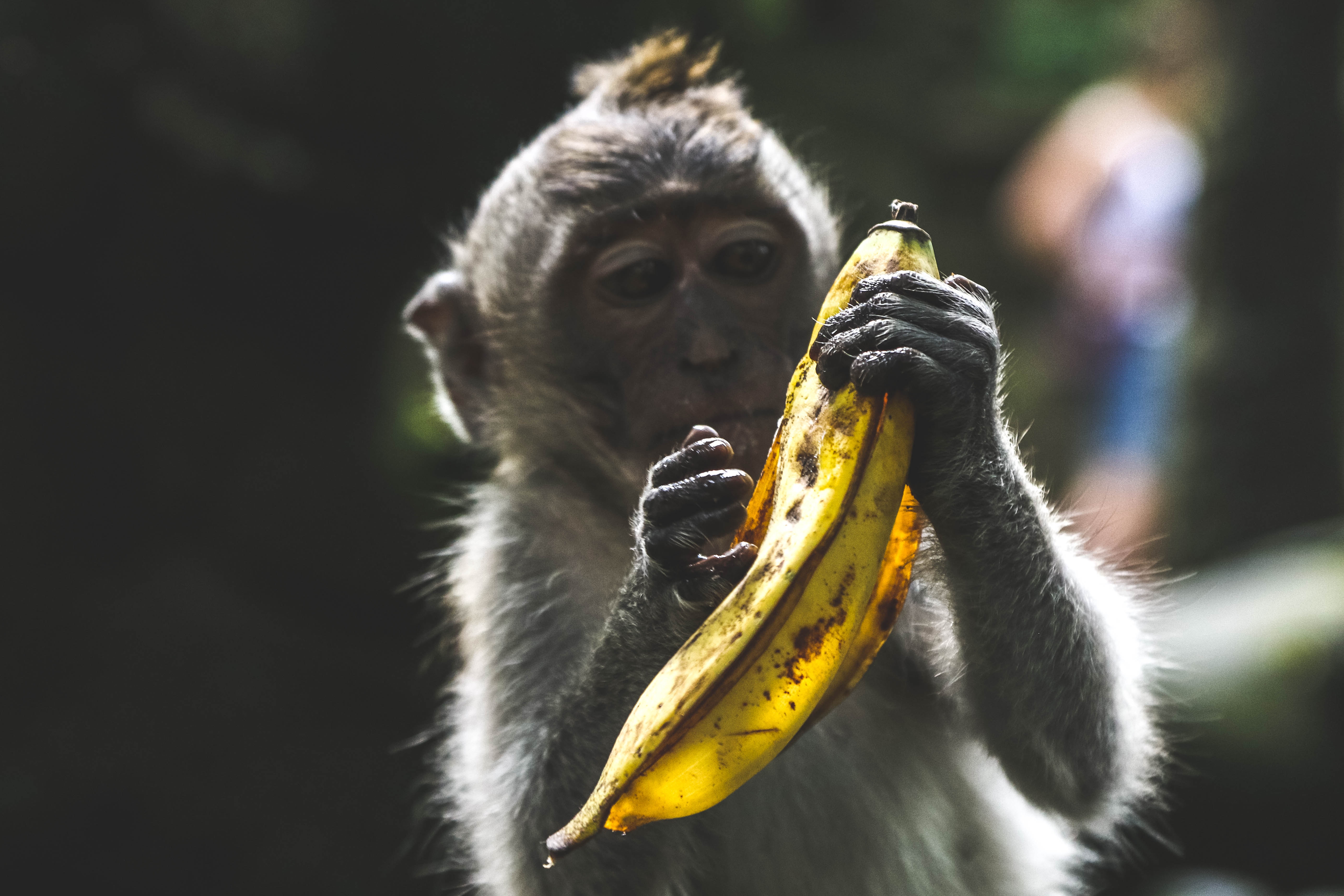Hunger makes you seek and eat food.
It requires a conscious effort to eat less and just like your inability to resist sleep, at some point your brain will override your thoughts and make you crave it.
Hunger is the nature of the beast. You’re just like any other living organism where the brain dictates your survival behavior, thus needing food to survive.

HUNGER IS WHY DIETS DON’T WORK.
Think about all those excellent diet books and kindle additions you spent money on hoping their way was the final stop to your endless struggle with food.
Think again.
New fad diets are successful short-term because they give your brain a new obsession to focus on and this feels exciting and fun. I call this the honeymoon phase. You’re 100% invested, no hidden flaws are present (because you’re caught up in the lure), and you’ll do whatever it takes to make it work.
But, just like with a fast-paced relationship, new diets fail time and time again because you neglect to notice the hidden roadblocks and red flags to see this type of diet is entirely unattainable. So, what happens?
Your brain inevitably overrides your obsessive thoughts for food because it’s all about survival at this point. Therefore, you eventually disregard the obsessive thoughts of the diet program, cave and quit. Non-hunger cues return, and the weight loss is regained, followed by the guilt and shame that follow soon after that.
Which, has me thinking–could overeating, obsessive-compulsive disorder, binge eating and restricting merely be behaviors triggered by low levels of dopamine and serotonin and the inability to handle certain amounts of stress? I’m no doctor, but my hunch is a definite yes.
I also question, if food addiction and other addictive-type behaviors occur commonly among so many of us, then why can’t we get a grasp on our addiction and cure it once and for all? Maybe we’ve been wrong all along and our once high-level approach of cognitive behavioral therapy and medication is a thing of the past. Are we perhaps desperately trying to fix the behavior versus addressing the onset or root cause which started the food addiction to begin with? I’m airing on the side of yes.
I truly believe food addiction is caused by both the BODY and BRAIN. Not only do you have the intrusive thoughts for the food craving which often override your brain entirely, you also must account for how your body responds to these cravings as well.
Unlike PICA, which some speculate is a response to malnutrition and bacterial infections within the body, brain cravings for sugar and food can be a result of impulse control, habit, lack of calories throughout the day, willpower and an emotional response to numb out pain or feelings.
For example, let’s say Jenny had a fight with her boss, instead of sitting with the uncomfortable emotions, she chooses to drive to the store and eat a bag of cookies instead. This is more of an emotional response to food.
However, I often find many of my clients try to “eat clean” all day only to come home, hit the kitchen, eat everything in sight, have the guilt set in and repeat the cycle again the next day. Is this a brain or body response to a craving? This is a situation I feel is BOTH. I’ll explain this further along in the article.
ENTER THE CRAVING.
What is a craving? A craving is an intrusive thought that causes obsession-type behaviors, high drive and the “need to get it.” The craving causes you to latch onto a negative behavior, such as food and drugs and engage impulsively to get the “fix.”
The craving ultimately drives you to become highly motivated to meet a specific need. (Think an addict needing his/her drugs and will steal from their loved ones to get it or a binge eater diving into the pantry after their family has gone to bed to eat in secret) After the craving is met, you feel happy, relaxed, satisfied and you’ve learned to associate the “drug of choice” to a positive outcome.
I’ll never forget my ex-husband once told me he craved McDonald’s everytime he drove past the fast food chain. Believe it or not, he would actually have a physical response and would begin to salivate, have an impulse to pull over, and eventually cave in because his craving for the food was so intense.
His dopamine was rising just from thinking about the event itself.

This type of conditioned response charts way back to your infant years when you cried for milk from your mother. She would do one of two things: Give you a bottle or feed you from her breast, both providing you with the feeling of nurture, love, and comfort. Therefore, from a young age, you correlate the conditioned behavior (cry) have a positive outcome. (food) I go back to the dopamine hit. We correlate the conditioned behavior to have a positive outcome, and as you can see this connection is developed at a very young age.
Not only do I feel we latch onto behaviors like overeating to reach the ultimate dopamine hit, I also think the behaviors are played out due to stress and overstimulation of the nervous system. Therefore, food is used as a coping skill which can easily turn into a habit-forming behavior to numb or take the edge off the related stressor.
Over time, I think this cycle becomes embedded in the brain as our “go-to” to ease the pain, stress or emotional response you’re feeling at the time. As you know, the more you engage in the craving the more you want it and need MORE of it. (Example: Think of eating a slice of cake for the first time. You get the immediate dopamine hit or sugar rush and it feels amazing. Over time, you identify cake as the soothing behavior to reduce stress so you make it a habit. However, over time, you find you need more and more of the cake to get the same effect. Instead of 1 slice you now need 4 slices to get the same rush.)
AND THIS IS EXACTLY WHY WE MUST CONDITION THE BRAIN TO DO THE OPPOSITE ACTION.

Again, go back to you bingeing on food for a moment, if you’ve done it in the past and you got a positive response from it (hit of dopamine and serotonin in the brain) and you correlate that behavior with the positive outcome, why wouldn’t you repeat it?
Something I found quite profound:
Someone with a low-dopamine landscape has a harder time learning, setting and keeping long-term goals that require delayed gratification and this is extremely difficult. This ignites impulsive behavior and can cause the onset of depression.
Someone with a high-dopamine state tends to be brighter, more vigilant, aggressive and can often juggle many things at one time. (Multi-taskers if you will). They might behave impulsively, have affairs, carry extra weight and exhibit false confidence.
There are millions of brain types in between, but one thing is for certain, we all deal with stress in daily life. It’s inevitable.
And what does stress do? It drives up our cravings and impulses. Think about the times you were feeling stressed for an exam and you hit up the pantry instead? Maybe you were feeling anxious about an upcoming event so you popped some cookies in your mouth to take the edge off? Regardless, stress affects your system, and if it’s not regulated appropriately, stress can wreak havoc on your nervous system, immune response and neurotransmitter output.
Just like chronic pain (MS, spinal issues, etc.) produces the same stress response in your body as an emotional response (like the death of a loved one or divorce.). This might also explain why stress exacerbates some disorders like OCD, anxiety, and cravings.
Same with PTSD, this disorder, due to the trauma, causes a lowering of the threshold of your stress response. It keeps your brain in a hypervigilant state, which again, keeps your body in a constant state of stress. This is why movements such as breath work, yoga, meditation and other forms of lowering your SNS can help with your stress response and also better help you regulate your cravings.
So, how can we regulate our cravings and stress response to having a higher success rate?
I believe it comes down to regulating your stress response system and acting on the parts of the brain which produce the cravings, thus causing the negative behavioral action. In today’s fast-paced society, it’s imperative you take intermittent moments over the course of your day to calm your nervous system since stress is often one of the root causes of the craving.
Let’s discuss my 3 tools to help you regulate your cravings and prevent a relapse.
#1: Opposite Action:
I’m a firm believer in this form of action because forcing your brain to literally stop, halt, and pivot to another action step is essential to long-term recovery. When we continuously get our minds into a repeated cycle (ex: You’re stressed, you crave a cookie, you eat the cookie, you feel like shit.). You know the cookie or behavior is a short-term fix, yet, at the moment it tastes good and the cookie takes the edge off your stress response because you’ve made it a conditioned behavior with a positive outcome.
However, what IF you chose to do something else in the place of grabbing the cookie? What IF you got out of the house, called a friend, walked your dog, or did something OTHER than eating the cookie? Hard? You bet. Doable? 100%. This will stop the cycle of the repeated behavior which will in turn help diminish the craving to eat the cookie or food. Why? Over time, your brain will identify other tools to regulate your stress rather than the reaction to eat. I often have my clients write out an active/passive list prior to a trigger.
Here’s the exercise: grab a sheet of paper, draw a line down the middle and title one side ACTIVE and the other side PASSIVE. Write down everything you can think of when you think of active coping skills. Examples could include sprints down the street, driving, riding your bike, walking your dog, or removing yourself physically from the situation. Passive examples might be: reading, taking a bath, knitting, watching a movie or anything that has you in a more passive/relaxed state. You might find you start one and it doesn’t feel right, so move on until you find a coping skill that feels good for you at that moment.
Again, do this exercise when you’re calm and not in a triggered state and have this sheet of paper on hand when you need it.
#2: Map out the chain reaction:
Typically relapse is not an isolated event, it’s commonly brought on by a sequence of events which lead up to the behavior. My suggestion would be to grab a whiteboard or a piece of paper and work backward. I ate the cookie–>I felt stressed–>I felt lonely–>my mom was mean and she did X–>my boyfriend didn’t call me–>I didn’t eat enough breakfast–>I didn’t sleep well the last 2 nights–>I was stressed studying for exams. Can you see the chain of events that lead to the relapse? This is why check-ins are essential and looking at your day/week/month as a whole. By mapping this out sequence, you can quickly begin to identify what events stirred the pot and began to cause array in your daily life. This exercise is essential because, over time, it’ll help you identify the cause of events which triggered the relapse to occur in the first place. Again, a craving is rarely brought on by one isolated event, it’s commonly a sequence of events or situations which triggered the behavior.
#3: Regulate your blood sugar to reduce cravings:
Many of my clients come to me struggling with the need to restrict after a binge-inducing event. Totally common and something I really want to talk about. Here’s the thing, maybe you’re trying to “eat clean” all day, only to find yourself in the middle of the kitchen eating whatever you can get your hands on by early evening. I think there are a few things going on here. #1: You very well might not be eating enough calories which inevitably will cause you to eat more later in the day. Instead of eating dried chicken, lettuce and fat-free dressing and egg whites, why not try to add a bit more substance to your day?
Here are a few examples:
Breakfast: Instead of eating 5 egg whites and steamed spinach opt for a few whole eggs, spinach and some fruit.
Lunch: Instead of a dry salad with no dressing and a little chicken opt for a salad with beans, seeds, avocado, and chicken?
Can you see where I’m going with this? Sure, these meals might have a bit more calories but wouldn’t you rather feel in control of your food choices during the day than come home and tear up the kitchen because you’re so hungry? I would think so. Plus, I can guarantee you’ll end up eating LESS when you regulate your blood sugar with enough fats, protein, and fiber during the day. Think about all the times you skimped out on adding fat to your meals earlier in the day and you came home and ate bites of your kids chicken nuggets or mac and cheese to take the edge off?
When your brain is getting enough fat and protein, you’re less likely to binge, promise.
Finally, learn to be in control of your own mind instead of your mind being in control of you. When you find yourself time traveling to the past, remind yourself just because you engaged in a negative behavior in the past doesn’t mean you have to engage in it today. Also, I encourage you to ask yourself at the moment, “Am I acting from my emotional mind?” This is when your thoughts are controlled by your emotions. When you’re in this state, you’re more likely to make judgments, assumptions, and interpretations based on your mood at that moment. Remember, these emotions will pass, you just have to be willing to sit in the discomfort rather than acting out and partaking in your craving.
For more insight on food psychology and fitness make sure to get on my FREE email list at www.kimschaper.com
You can also follow me on FB and IG at @kimschaperfitness

